What is DeFi Staking in Web3 and why does it matter
Let`s take a closer look at why DeFi is the future of finance with its exciting applications such as Staking, Liquidity mining and Yield farming.
June 30, 2022
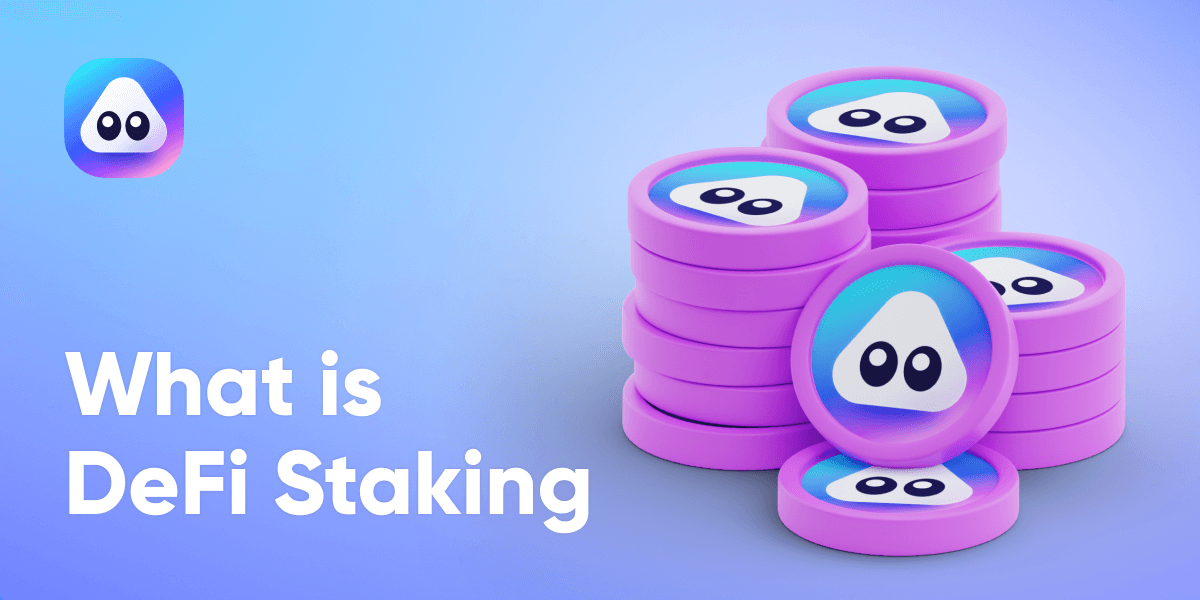
What is DeFi Staking?
The term DeFi stands for Decentralized Finance. Unlike centralized finance (CeFi), our current monetary system (where money is held by banks or corporations), DeFi allows anyone with access to the internet to lend, borrow and bank without an intermediary (such as a bank), using smart contracts on a blockchain.
In its simplest form, DeFi staking involves locking your crypto-assets such as crypto-tokens or non-fungible tokens (NFTs) into a smart contract for a set period of time (sometimes a month), with the goal of earning more of those tokens in return, usually in the form of juicy APYs (Annual Percentage Yield) on DeFi platforms. Think of it as the decentralized equivalent of putting your money in a fixed bank account.
How does DeFi Staking work?
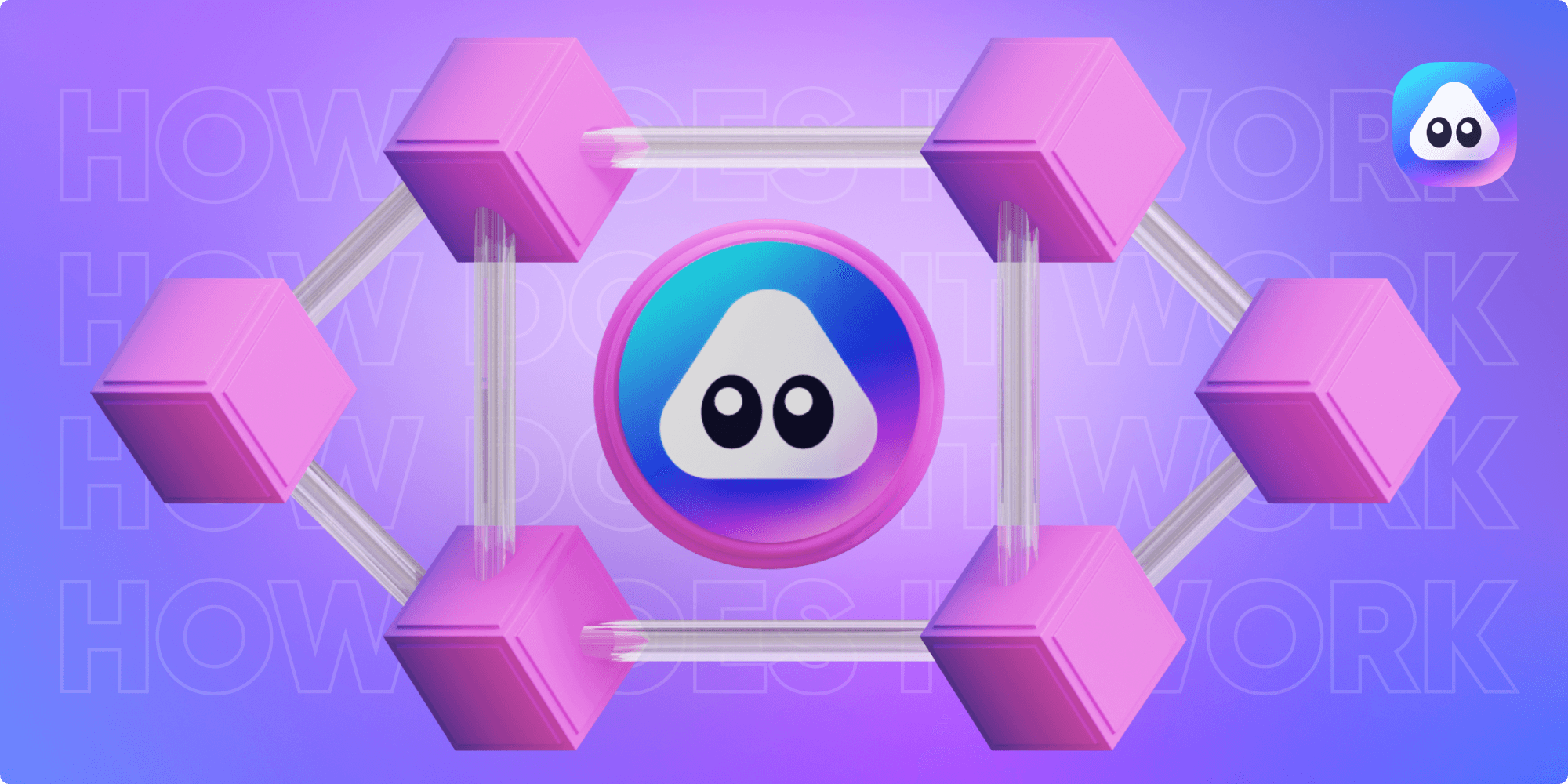
To earn rewards with DeFi staking, users have to deposit eligible (native) tokens or coins into a DeFi protocol such as PancakeSwap or ColonyLab. Then, the staked tokens are used to verify transactions on the blockchain (using the Proof-of-Stake mechanism). They act as guarantees and ensure that a block of transactions is error-free. The interest you earn on your tokens is the reward for lending your tokens to the network or DeFi protocol to verify transactions.
In addition to the minimum deposit requirements of some blockchain networks, some platforms such as AirNFTs also impose a minimum 30-day lock-in period during which you cannot withdraw your tokens, or suffer a 10% penalty if you do so before. By the way, you can get higher interest rates in exchange for putting your coins into play for a longer period of time.
DeFi staking makes you earn interest on the cryptocurrency you already own. It makes your crypto work for you, generating regular income without you having to sell your tokens.
What are the benefits of Staking?
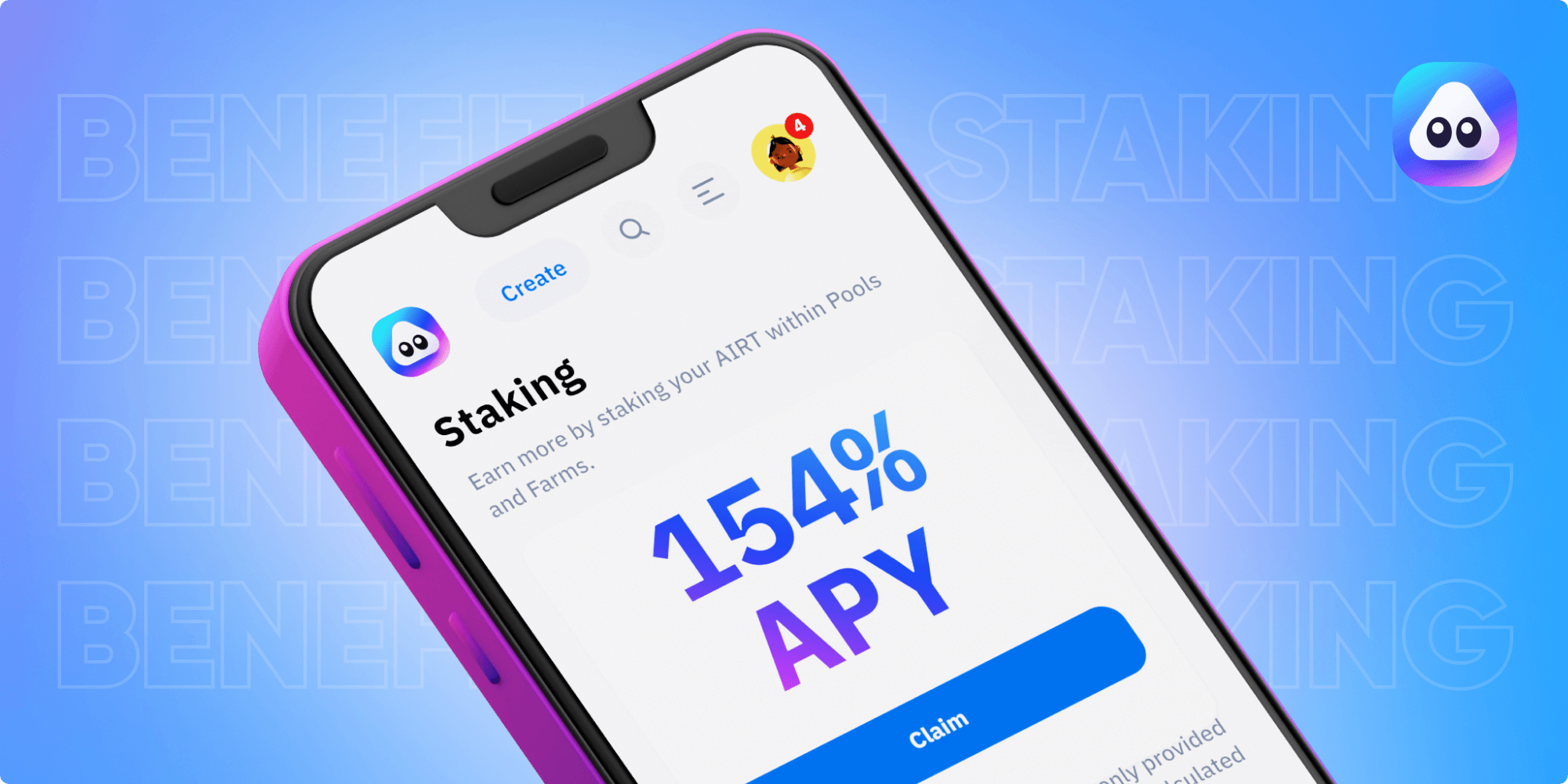
The main advantages of DeFi staking are that it allows users to earn more crypto, and the interest rates can be extremely generous.
- It’s an easy way for users to earn passive income from their digital assets.
- It allows stakers to generate revenue from staking platforms.
- Staking is environmentally friendly because it uses proof of stake instead of proof of work, where you need hardware and enough electricity to validate transactions.
- DeFi staking helps to secure the network by providing liquidity from the community to the network.
What are the risks of staking crypto?
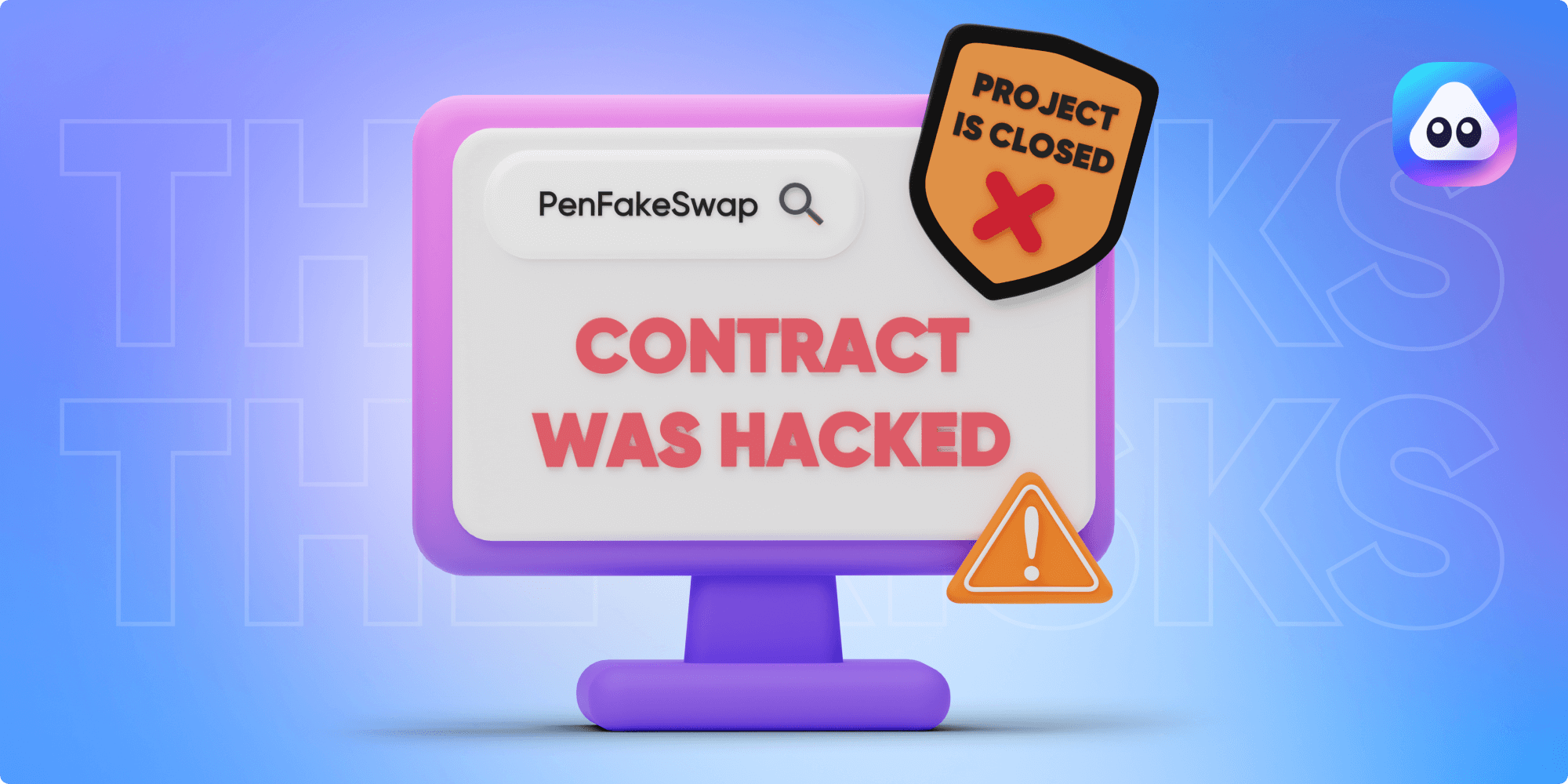
Like most things in crypto, DeFi staking also carries its own risks. When you stake your coins or tokens, you give up ownership of them. If your staking platform is hacked or your coins or tokens are lost, you may not be able to get them back. Some staking platforms have insurance policies to protect users against these types of losses, but there are no guarantees.
What are the different types of DeFi Staking?
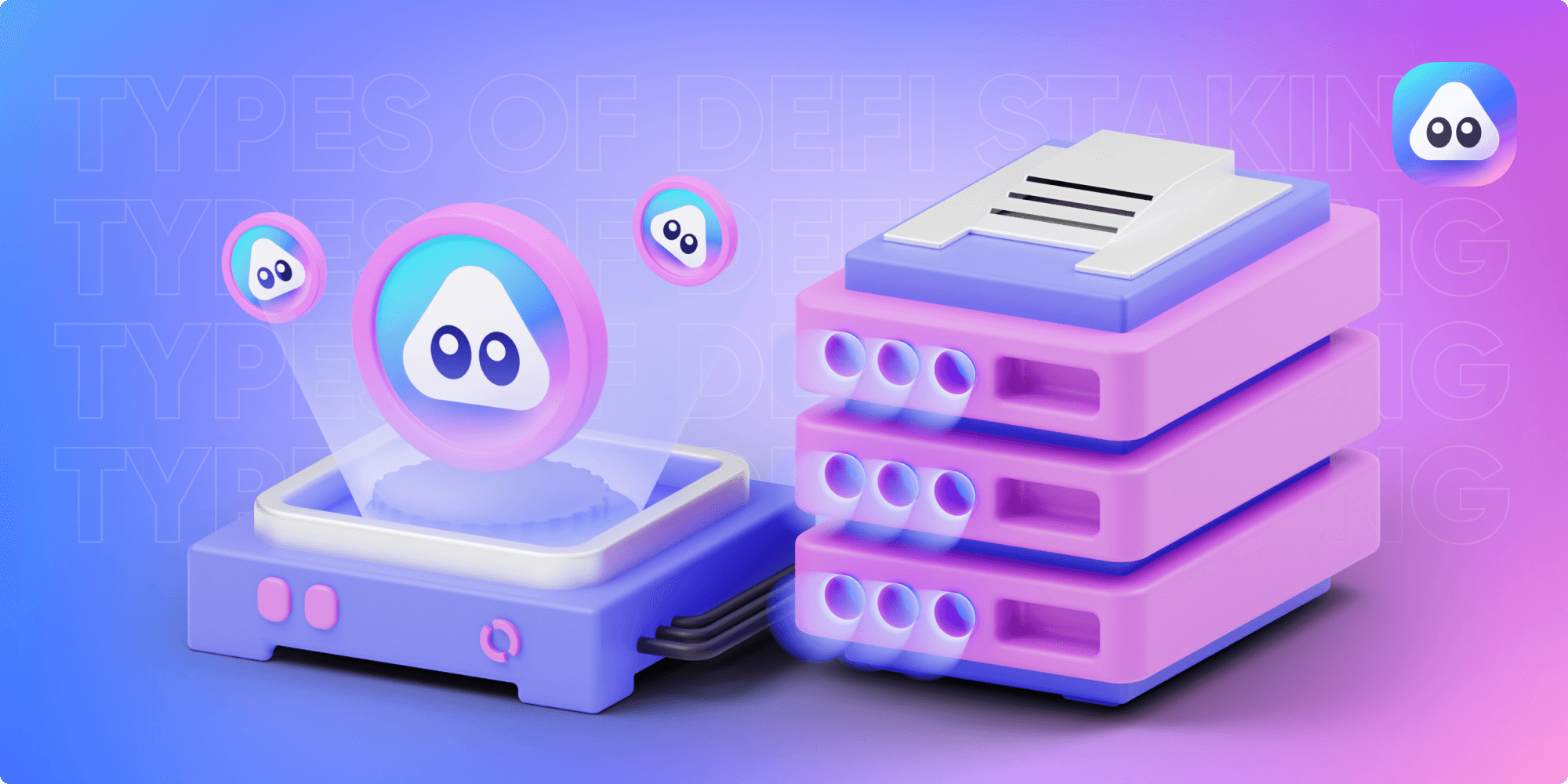
1. Staking
Staking involves locking digital assets into a smart contract on a Proof-of-Stake (PoS) network. These assets are then used to validate transactions and secure the blockchain protocol, allowing you to be rewarded with passive staking profits.
2. Liquidity mining
Liquidity mining involves moving crypto assets and tokens to a DeFi network to form liquidity pools. These pools are then used by Decentralized Exchanges (DEX) to enable decentralized trading, known as Automated Market Making (AMM).
Such a pool usually consists of two tokens that in turn form a pair of cryptocurrencies. Global trading on DEX exchanges relies on the availability of liquidity providers and pools that facilitate trading activities.
3. Yield farming
Yield farming is a very popular type of DeFi staking where different investors move tokens to a DeFi platform to form a staking pool. The idea is to make their assets available to a lending protocol or liquidity pool, and they earn passive income in the form of interest as well as a percentage of the revenue generated by the platform of their choice. They can also easily redirect their assets to other pools and platforms to maximize their income.
The takeaway on what is DeFi Staking in Web3 and why it matters
DeFi staking has shown, by far, that it has great potential to provide a viable alternative to traditional investing.
Are you interested in staking today? With AirNFTs you can earn up to 200% APY by staking AIRT and you can also earn money by buying, selling and trading NFTs on Binance Smart Chain (BSC), Fantom (FTM) and Polygon (MATIC).
